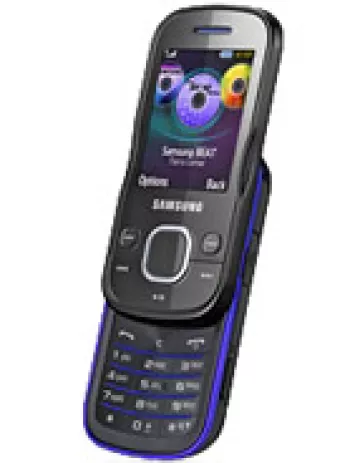
Introduction to Samsung S100
The Samsung S100, announced in 2002 and now discontinued, marked a significant step in mobile phone technology during its time. Although it might seem outdated today with the current smartphones, the S100 was quite a remarkable device when it was released. It catered to basic communication needs with its distinctive features, durability, and functionality.
Design and Build
The Samsung S100 boasted dimensions of 89 x 47 x 23 mm, allowing it to fit comfortably in the user's hand and pocket. Weighing just 92 grams, it was lightweight and portable, factors that contributed to its popularity during its time. The phone utilized a Mini-SIM, which was the standard for that era. Ergonomically designed, the S100 featured a sturdy build that could withstand daily wear and tear, characteristic of older mobile phones.
Display
The device featured a STN screen capable of displaying up to 65K colors. Despite its small size by today's standards, with a resolution of 128 x 160 pixels, the screen was a significant advancement at the time. The color-rich display made it easier for users to navigate the phone’s interface and enjoy simple graphics in its relatively simple games.
Memory and Storage
The Samsung S100 catered to its contemporary users' needs with its memory capacity. It wasn’t designed to accommodate external storage cards as it came with no card slot. However, the phone's internal phonebook could store 500 entries, allowing users to organize contacts into groups. Additionally, it could record 20 dialed, 20 received, and 20 missed call logs, sufficient for keeping track of call history.
Network and Connectivity
This phone supported GSM technology and operated on 2G bands such as GSM 900, 1800, and 1900, reflecting the cellular standards of the time. It featured a GPRS (General Packet Radio Service) class 8, which facilitated basic mobile data operations. Despite its limitation with missing EDGE, the S100 was equipped for the essential communication services during its existence. Connectivity options in the phone included an infrared port, though it did not support Bluetooth, WLAN, or USB connectivity.
Sound and Alerts
The S100 had no loudspeaker or a 3.5mm headphone jack, which might be seen as limiting in terms of audio experience. Nonetheless, it used vibration and downloadable polyphonic ringtones for alert types. Importantly, users could create melodies using a built-in ringtone composer, adding a personal touch to incoming call notifications.
Battery Life
The Samsung S100 utilized a removable Li-Ion battery with a capacity of 800mAh. For the standards of the time, this was adequate to provide the user a stand-by time of up to 180 hours and talk time of up to 6 hours. The removable battery feature allowed users to carry a spare, ensuring continued connectivity without waiting for a recharge.
Operating System and Key Features
As a feature phone, the Samsung S100 did not run a modern operating system, but it was equipped with practical functionality. It supported messaging services such as SMS and EMS, and it included WAP 1.2.1 browser for basic internet access. Additional features included a clock, alarm, games, and Java support, all of which contributed to its usability.
Conclusion
In retrospect, the Samsung S100 may seem primitive by today’s smartphone standards, but at the time of its release, it was quite a competent device. With its durable build, colorful display, and reliable battery life, it successfully met the functional and aesthetic needs of early mobile phone users. The Samsung S100 remains a nostalgic piece for those who began their mobile journey in the early 2000s.
Key Features of Samsung S100
- Compact and lightweight design with dimensions 89 x 47 x 23 mm and weight of 92g
- Supports GSM network technology with 2G bands (GSM 900 / 1800 / 1900)
- Color display with STN, 65K colors, resolution of 128 x 160 pixels
- Infrared port for wireless connectivity
- Phonebook capacity of 500 entries with contact groups
- Removable Li-Ion battery with a stand-by time of up to 180 hours and talk time of up to 6 hours
- Supports SMS and EMS messaging with WAP 1.2.1 browser
- Downloadable polyphonic ringtones and composer available for alerts
- Includes basic features like clock, alarm, and games
- Java support for additional applications
Disadvantages of Samsung S100
- No EDGE support for faster internet speeds.
- Discontinued model, making it outdated without modern support.
- Limited 65K color STN display with a low resolution of 128 x 160 pixels.
- No memory card slot for expandable storage.
- No integrated camera.
- Lacks a loudspeaker; no 3.5mm jack for connecting standard headphones.
- No WLAN or Bluetooth connectivity options.
- No built-in GPS positioning feature.
- Absent FM Radio functionality.
View Also
More Phones
All Rights Reserved +14266 Phones © Mobilawy 2025

























